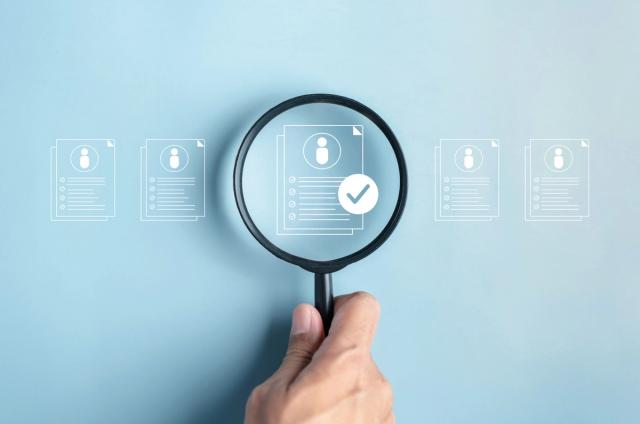Locstat Uses DataStax For Graph-Powered IoT Event Processing

Locstat is a software company headquartered in Cape Town, South Africa that builds a graph-powered AI and event-processing solution to enable real-time analysis and visualization of data.
The company’s technology—which provides deep analysis and predictive analytics on the sensor data from IoT devices—supports several use cases, including: high-volume transaction monitoring, real-time streaming analytics, fraud detection and prevention, customer 360, recommendation engines, event processing for IoT, geospatial analytics, and more.
Due to the complex nature of each of these use cases, Locstat needed a powerful database that could support high performance and at scale.
The right database would be able to accelerate analytical lifecycles from two or three weeks to minutes in order to generate graphs needed for analytics. It would also be a database that was designed to support big data and rapid and predictable scalability in the cloud.
After doing their due diligence and surveying the market, the company decided to build its solution on top of DataStax Enterprise (DSE), the active everywhere database built on Apache Cassandra™ and designed for hybrid cloud and multi-cloud.
They also added on DSE Graph for graph imaging and DataStax Analytics for real-time analytics at scale with no single point of failure.
“With DataStax, you can move into the cloud or private cloud, and the pain of migrating to public clouds is totally removed because you’ve got a pre-configured solution that you can use,” explains Ryno Goosen, CTO and managing director of Locstat. “We built on top of those elements, and if we had to manage them it would become a very costly exercise. By having our solution in the cloud, it’s the edge we have above tier-one cloud service providers, because it is very difficult for them to compete. That is a huge advantage for us playing in these markets.”
Using DataStax in conjunction with other open source products, Locstat is able to deliver innovative IoT solutions—like a geospatial risk management tool that a marine mining company uses extract minerals from the sea bed.
With Locstat, the company puts an early-warning zone around the ship that moves with the vessel that can detect ships and other obstacles in the vicinity, triggering alerts if something gets too close. Thanks to daily reporting, the company can keep tabs on which vessels in the area may end up posing risks to their fleet.
This same functionality is also used by aircraft and drone surveillance vendors.
Locstat also used DSE to build a rules engine that can query inline transactions and image all the sensor data streaming into the environment quickly—and then provide dashboard functionality so the end user can see what’s going on in the environment in real-time.
“The only real database that can manage that is DataStax,” Goosen concludes.
To learn more about Locstat’s journey to DataStax, read the full case study.
In the meantime, here are some other resources you may be interested in:
Solving the Challenges of IoT Data Management (on-demand webinar)
The 5 Things Your Enterprise Needs to Manage IoT Data at Scale (ebook)
Solving IoT Data Management Challenges (whitepaper)




